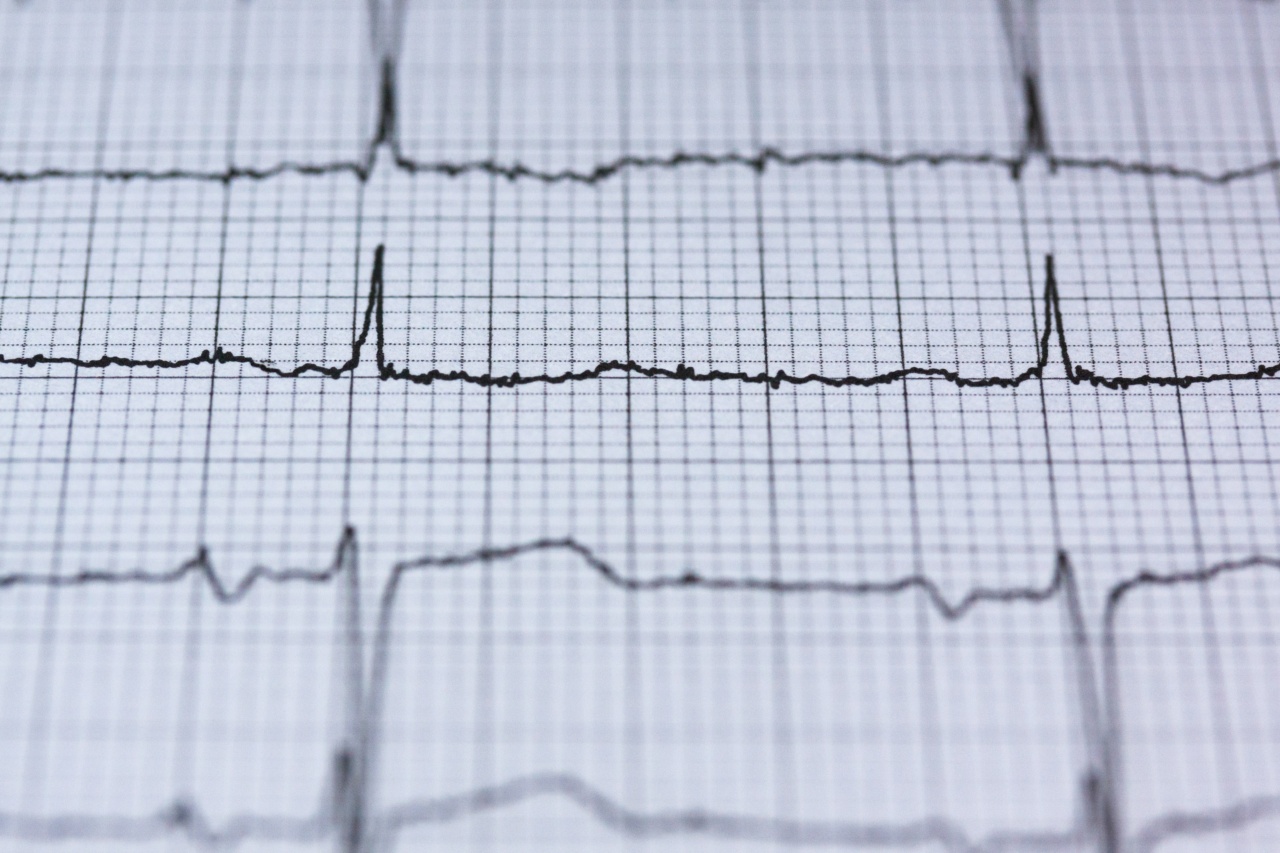Sleep is an essential part of our lives, but many people struggle to get the recommended amount of shut-eye.
In fact, according to a study done by the National Sleep Foundation, it is estimated that 50 to 70 million Americans suffer from sleep disorders. One of the major causes of sleeplessness is the presence of nighttime frequencies.
What are Nighttime Frequencies?
Nighttime frequencies refer to the presence of electromagnetic fields (EMFs) that can disrupt our sleep. EMFs are invisible fields of energy that are created by electronic devices such as cell phones, laptops, and Wi-Fi routers.
These fields can be of different frequencies, and they can have varying effects on our bodies.
The electromagnetic spectrum is vast, ranging from extremely low frequency (ELF) waves to extremely high frequency (EHF) waves. At night, we are primarily exposed to ELF waves, which are emitted by power lines, electrical wiring, and electronic devices.
These frequencies can penetrate our bodies and disrupt the natural electrical signals that flow through our neurons.
How Do Nighttime Frequencies Affect our Sleep?
EMFs can interfere with our brain waves, disrupting the natural patterns that are necessary for healthy sleep. When we sleep, our brains move through different stages of sleep, each with its own unique brain wave patterns. These stages include:.
- Non-REM stage 1 (N1) – light sleep
- Non-REM stage 2 (N2) – deeper sleep
- Non-REM stage 3 (N3) – deep sleep, also known as slow-wave sleep (SWS)
- REM sleep – characterized by rapid eye movements and vivid dreams
EMFs can disrupt the normal progression of these sleep stages, causing us to spend more time in lighter stages of sleep and less time in deeper stages.
This can result in poor sleep quality and a feeling of fatigue even after a full night’s sleep.
In addition to disrupting our sleep patterns, EMFs can also interfere with the production of melatonin, a hormone that regulates sleep-wake cycles. Melatonin is produced by the pineal gland in the brain in response to darkness.
When we are exposed to light, particularly blue light emitted by electronic devices, it can suppress melatonin production and make it harder for us to fall asleep.
Reducing Exposure to Nighttime Frequencies
The good news is that there are several ways to reduce your exposure to nighttime frequencies and improve your sleep quality. Here are a few tips:.
1. Avoid sleeping with electronic devices
Try to avoid sleeping with electronic devices in your bedroom, particularly those that emit strong EMFs like cell phones and Wi-Fi routers. If you must have these devices nearby, try to keep them at least three feet away from your bed.
2. Turn off electronics before bed
Turn off electronic devices at least 30 minutes before bed to give your brain a chance to wind down and prepare for sleep. This can also help reduce your exposure to blue light, which can interfere with melatonin production.
3. Use EMF-blocking materials
You can also purchase EMF-blocking materials like Faraday fabric or EMF-blocking paint to reduce your exposure to nighttime frequencies.
These materials can be used to line your bedroom walls or windows and can significantly reduce the amount of EMFs that enter your sleep space.
4. Invest in an EMF meter
You can also invest in an EMF meter to measure the levels of frequencies in your bedroom. This can help you identify areas where EMFs are particularly strong and help you take steps to reduce your exposure.
Conclusion
Nighttime frequencies can be a major cause of sleeplessness and can have serious implications for our health and well-being.
By taking steps to reduce our exposure to these frequencies, we can improve our sleep quality and promote better overall health.






























